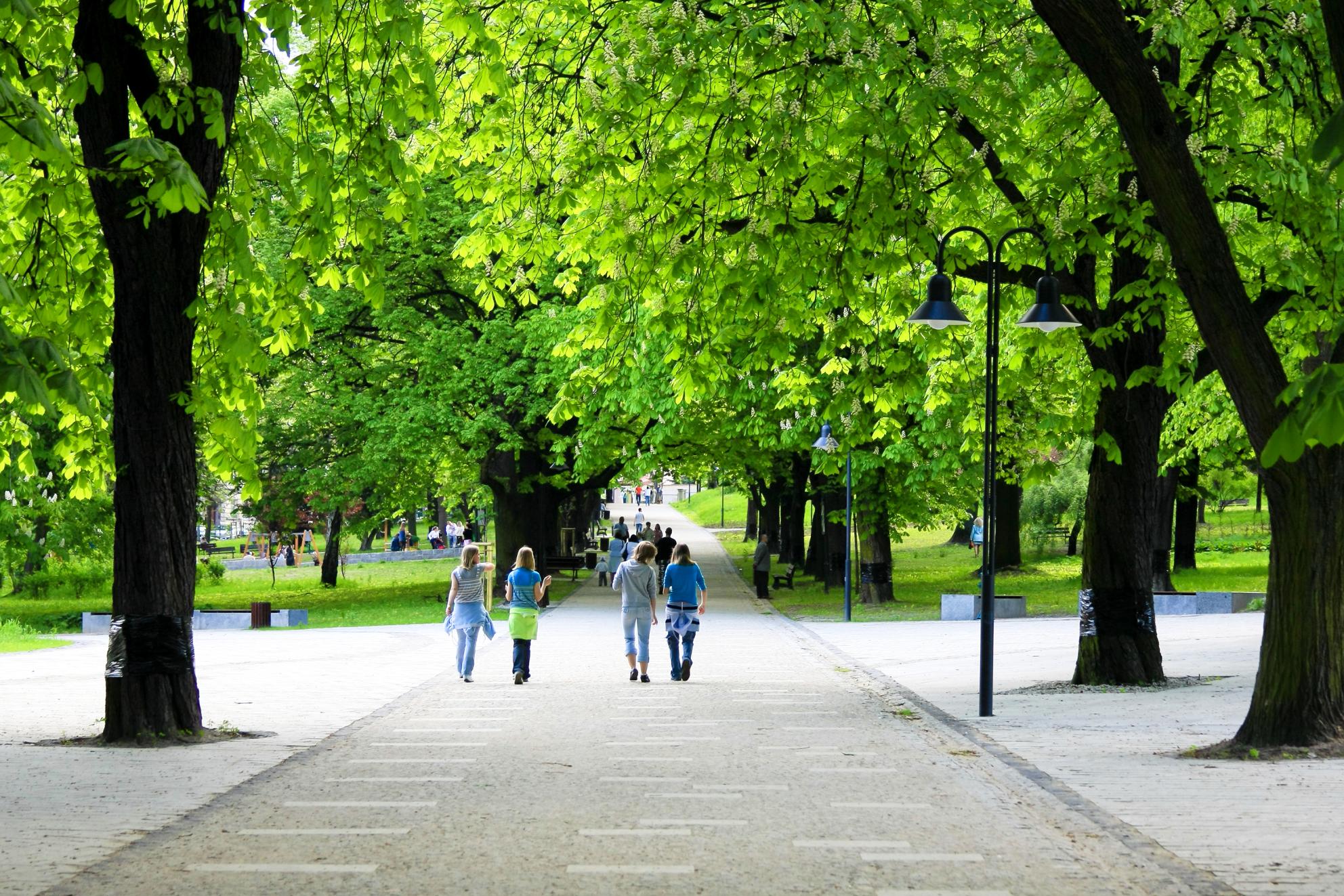How trees could reduce death rate in European cities
The cooling effect of trees is well known, but no study has so far aimed to quantify how many premature deaths might be prevented through this ecosystem service. But in the “Cooling cities through urban green infrastructure: a health impact assessment of European cities”-study 11 researchers analysed data on 93 European cities to estimate the number of lives that trees could save.
Killing Urban Heat Island effect
They have found that increasing tree coverage to 30% in European cities could significantly reduce premature deaths associated with the Urban Heat Island effect. The UHI effect, caused by global warming and urban expansion, leads to higher temperatures in cities, posing health risks for residents, especially during heatwaves.
New study brought new results
Green infrastructure, such as trees incorporated into urban areas, provides a cooling effect that mitigates the UHI effect. Previous studies estimated that trees can cool cities by up to 2.9°C, and a minimum of 10% tree canopy cover is recommended for European cities. However, recent research suggests that urban neighborhoods should aim for 30% tree coverage to improve microclimate, air quality, and public health.
In a new study, researchers estimate the annual summer mortality burden attributable to UHIs and calculated the lives that could be saved by increasing tree coverage to 30%. This could lower temperatures by an average of 0.4°C in the cities involved in the study, with a maximum effect of 5.9°C in some areas, potentially preventing about 2,644 premature deaths, which accounts for 1.8% of all summer deaths in these European cities. Furthermore, it could prevent almost 40% of deaths attributable to UHI effects.
Optimizing Urban Tree Coverage
Cities in central and southern Europe, such as Spain, Italy, Hungary, Croatia, and Romania, experienced the highest number of deaths linked to the UHI effect, so the benefits of increased tree coverage on mortality were most evident in these cities, as well. For example, UHI was not associated with any premature summer deaths in Gothenburg, Sweden, but 32 per 100 000 age-standardised inhabitants in Cluj-Napoca, Romania. Similarly, increasing tree cover in Oslo would not prevent any premature UHI-related deaths, but could prevent 22 per 100 000 age-standardised inhabitants in Palma de Mallorca.
Some cities already had close to 30% tree coverage so they would benefit less from more plantings, but they also found that tree distribution within cities was often uneven. This might point to environmental injustice, where tree cover was lacking in socioeconomically deprived areas, and planners should look to redress this imbalance. Although achieving a 30% target might be challenging in cities with limited open public space, planners could aim for lower targets or encourage tree planting on private land.
Finally, while trees are crucial in creating climate-resilient cities, they should be combined with other cooling strategies such as replacing asphalt with vegetated surfaces or less impermeable materials such as granite.








